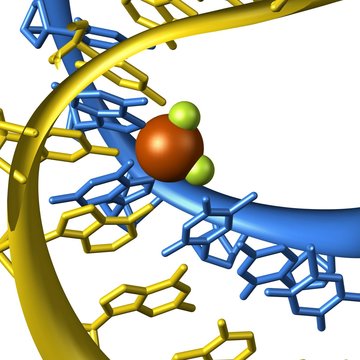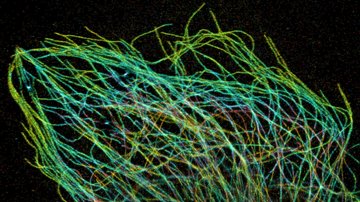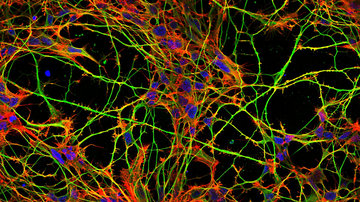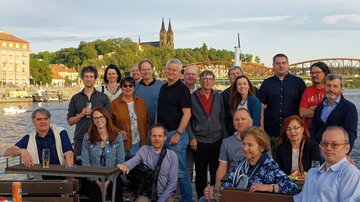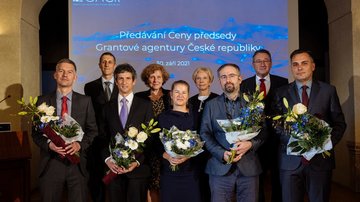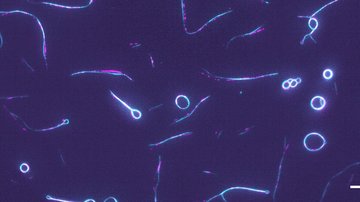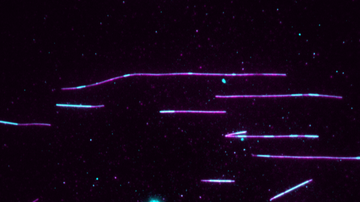About us
Structural proteins that form cytoskeletal networks form the internal dynamic scaffold of living cells. These networks enable cells to generate mechanical forces, provide their rigidity and drive adaptive changes in their shape and three-dimensional organization. How the individual structural elements of the cytoskeleton mechanically coopeate to produce coherent behavior of the cytoskeletal network during these processes is not understood.
To address these questions, we use genetic manipulations, biochemical and biophysical methods including imaging and manipulation of single molecules. In order to get quantitative insight into the functioning of the networks we accompany our experimental approach with mathematical modeling.

